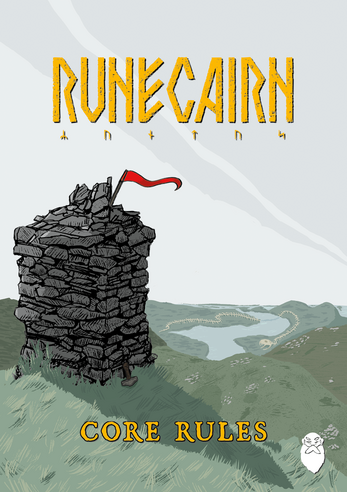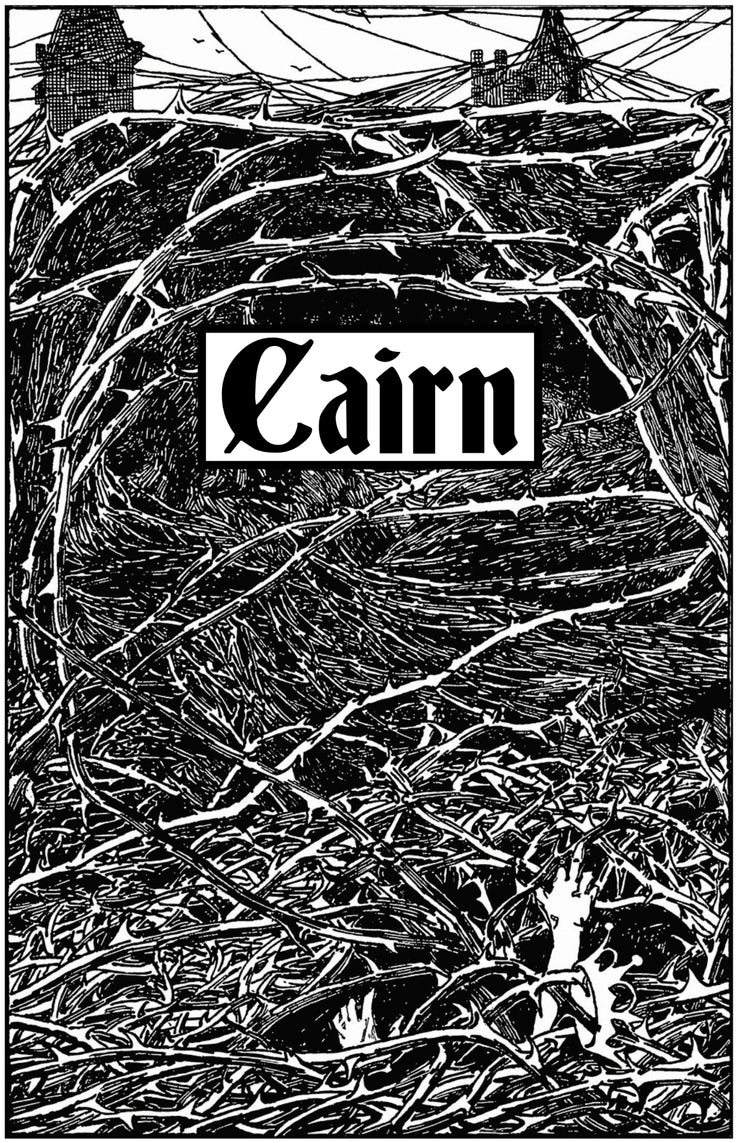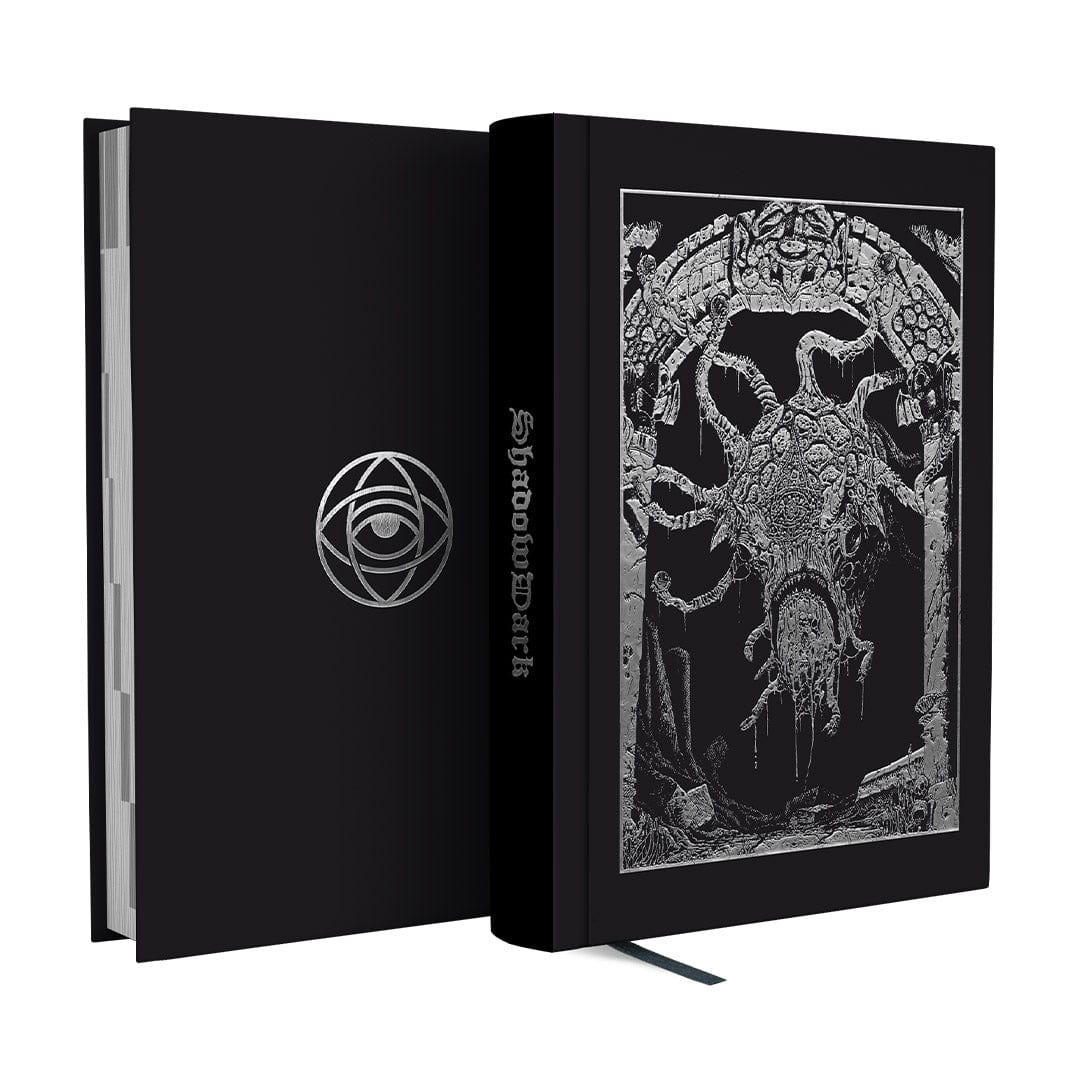Runecairn Dark Fantasy; Bleak; New School Revolution (NSR); Exploration-Driven; Low Magic; Character Customization; Survival
Runecairn is a tabletop roleplaying game set in a bleak, post-Ragnarok Norse fantasy world, heavily inspired by the Dark Souls video game series and built upon the Cairn system. It emphasizes exploration, survival, and dynamic combat, typically designed for a Warden (GM) and a single Adventurer, but adaptable for multiple players. The game features streamlined rules, fast character creation, and a focus on player choice within a low-magic, old-school renaissance framework. Death is a core mechanic, with characters respawning at bonfires, creating a cycle of learning and adaptation.
Theme and Setting
Runecairn plunges players into a dark fantasy setting inspired by Norse mythology after Ragnarok. The world is a desolate landscape of shattered realms where civilization struggles to rebuild amidst the ruins. It embraces a bleak and unforgiving atmosphere where death is a common occurrence. The game captures the feel of the Viking Age, incorporating historically accurate items, equipment, and armor, with some fantasy elements. The magic and overall mechanics remain intentionally vague, prompting players to explore and shape their own interpretations of the world's mysteries, such as the cycle of death and rebirth tied to bonfires.
Core Mechanics and Rules
Runecairn's core mechanics are built upon the Cairn system, known for its streamlined approach. A key aspect is the absence of traditional 'to-hit' rolls, replaced by a damage mitigation system that prioritizes dynamic and reactive combat. This allows players to strategically respond to enemy attacks through dodges, parries, and magic shields. Character death isn't the end; Adventurers respawn at bonfires, echoing the Dark Souls experience. However, each death reduces the character's 'Vigour,' representing their descent towards becoming a mindless hollow. The game also incorporates 'Souls' as a form of currency, experience points, and treasure. Souls can be spent to improve abilities or traded with NPCs, but are lost upon death, adding risk to gameplay. The Runecairn Bestiary adds a large number of Norse fantasy monsters.
Uniqueness of Runecairn
Runecairn stands out due to its blend of OSR principles, Dark Souls-inspired mechanics, and a Norse fantasy setting. Its death-and-rebirth cycle creates a unique gameplay loop, where failure becomes a learning opportunity. The game's design encourages player agency and creativity in combat. Runecairn implements weapon and item abilities, which add 'fatigue' to your inventory. Managing items and abilities is a process of risk versus reward. Furthermore, the game balances streamlined rules with character customization through classes like Warrior, Scout, Seer, and Skald, each tied to specific ability scores (Strength, Dexterity, Wits, and Spirit respectively).
Target Audience and Player Experience
The target audience for Runecairn includes players who enjoy dark fantasy, OSR games, and the challenge of Dark Souls. It's particularly appealing to those seeking a streamlined system with a focus on exploration, survival, and tactical combat. The game can be played in a traditional one-on-one format (Warden and Adventurer), or adapted for group play. The player experience centers around overcoming adversity through strategic decision-making and adapting to the unforgiving world. The frequent deaths can be frustrating, but also rewarding as players learn from their mistakes and progress further. Runecairn Wardensaga offers options for solo play as well.



